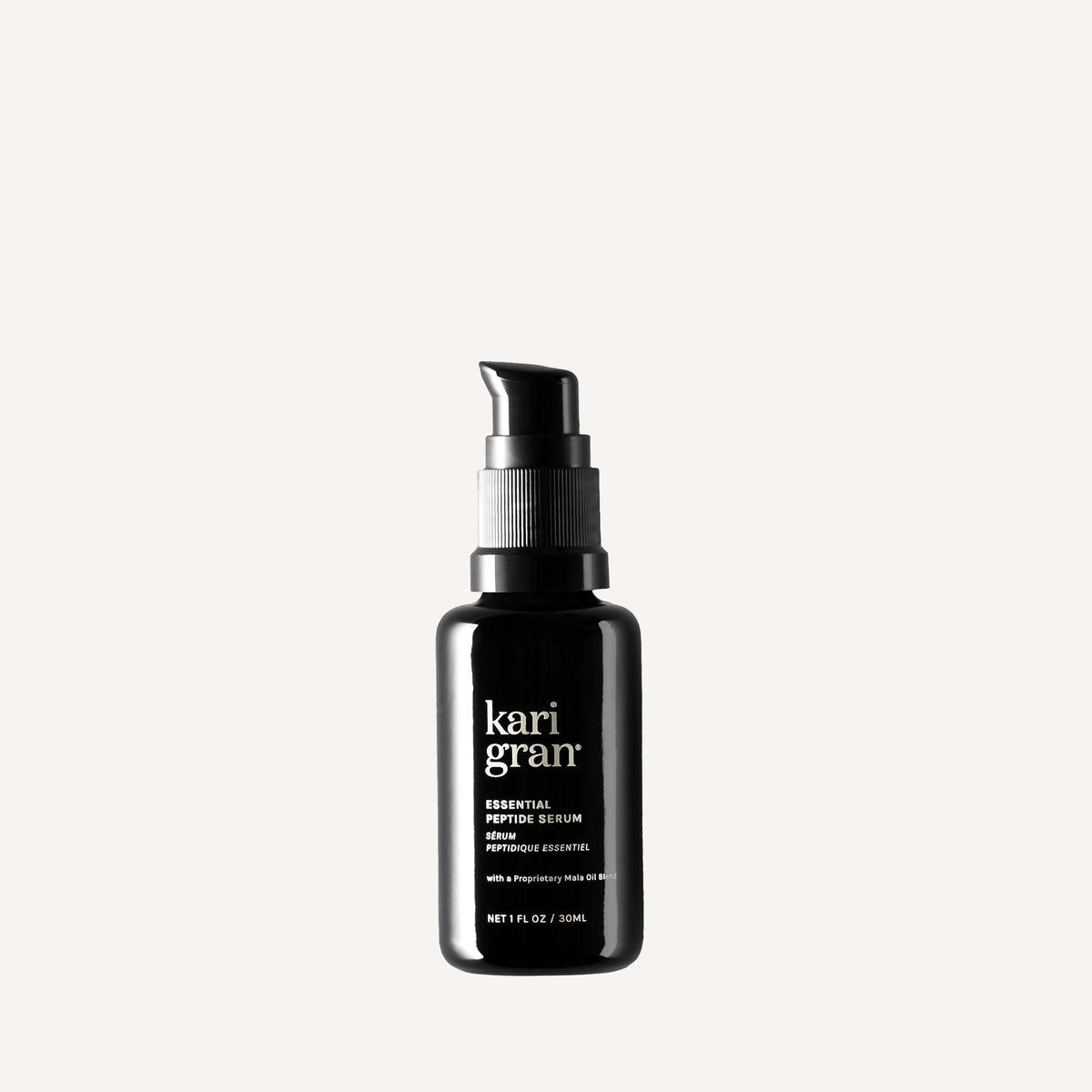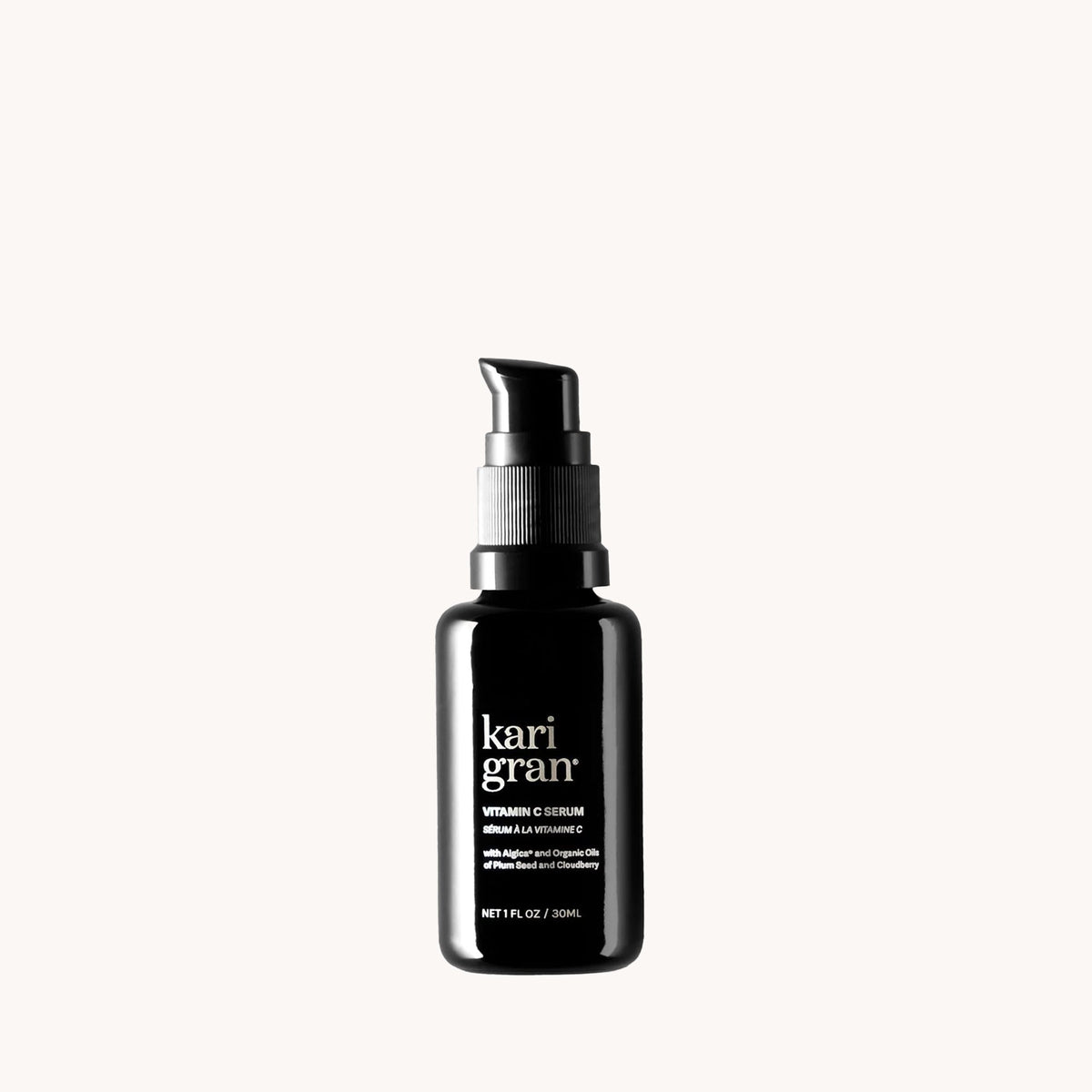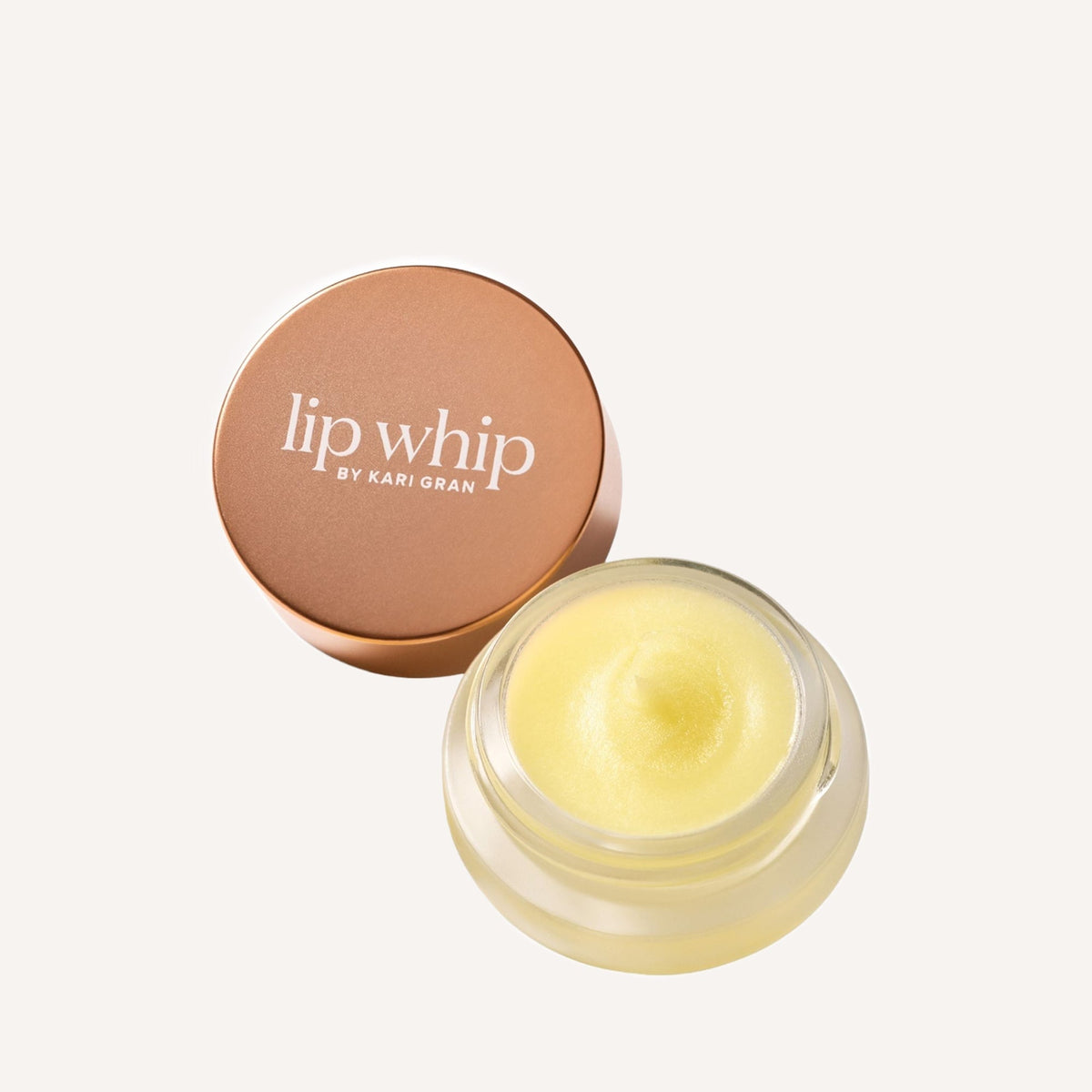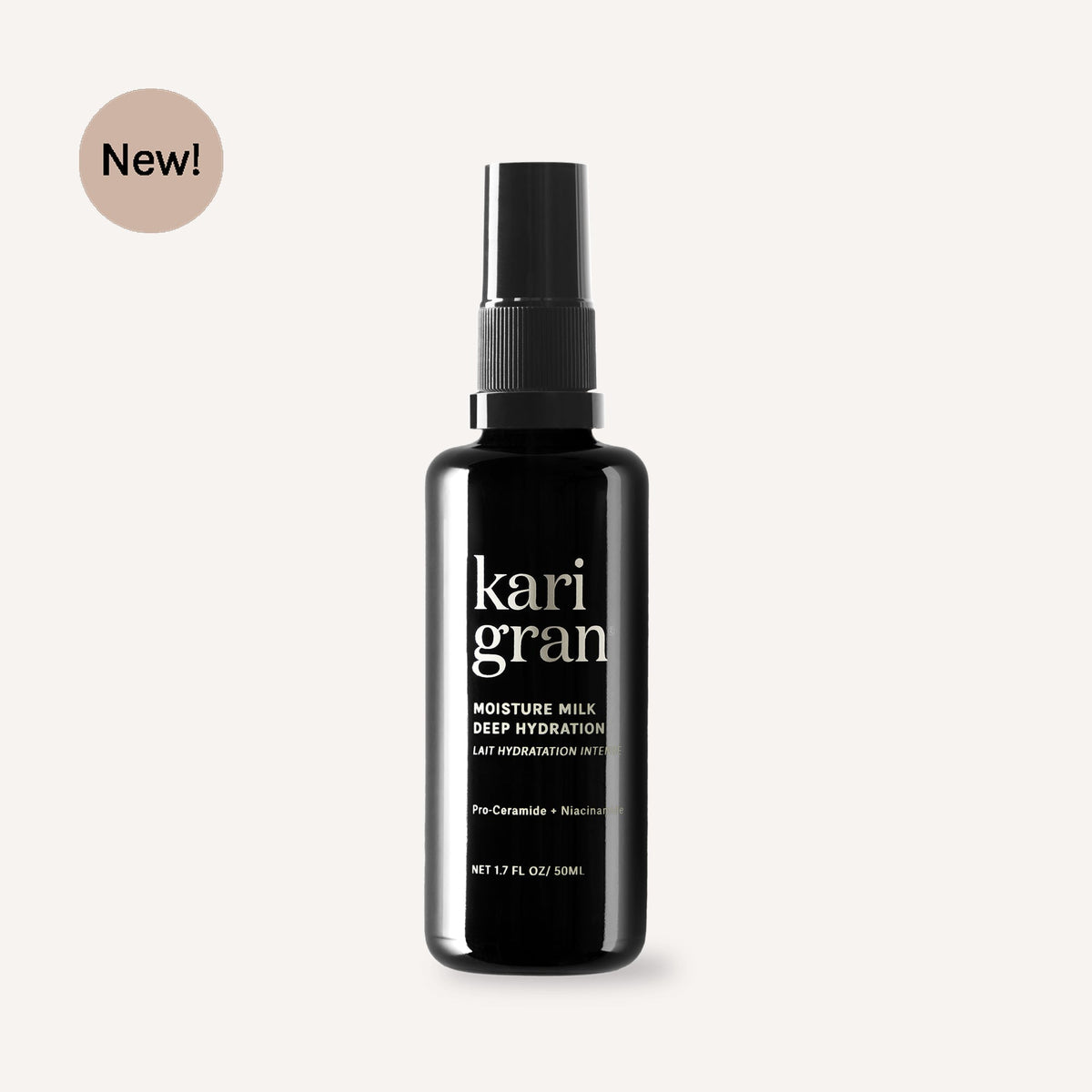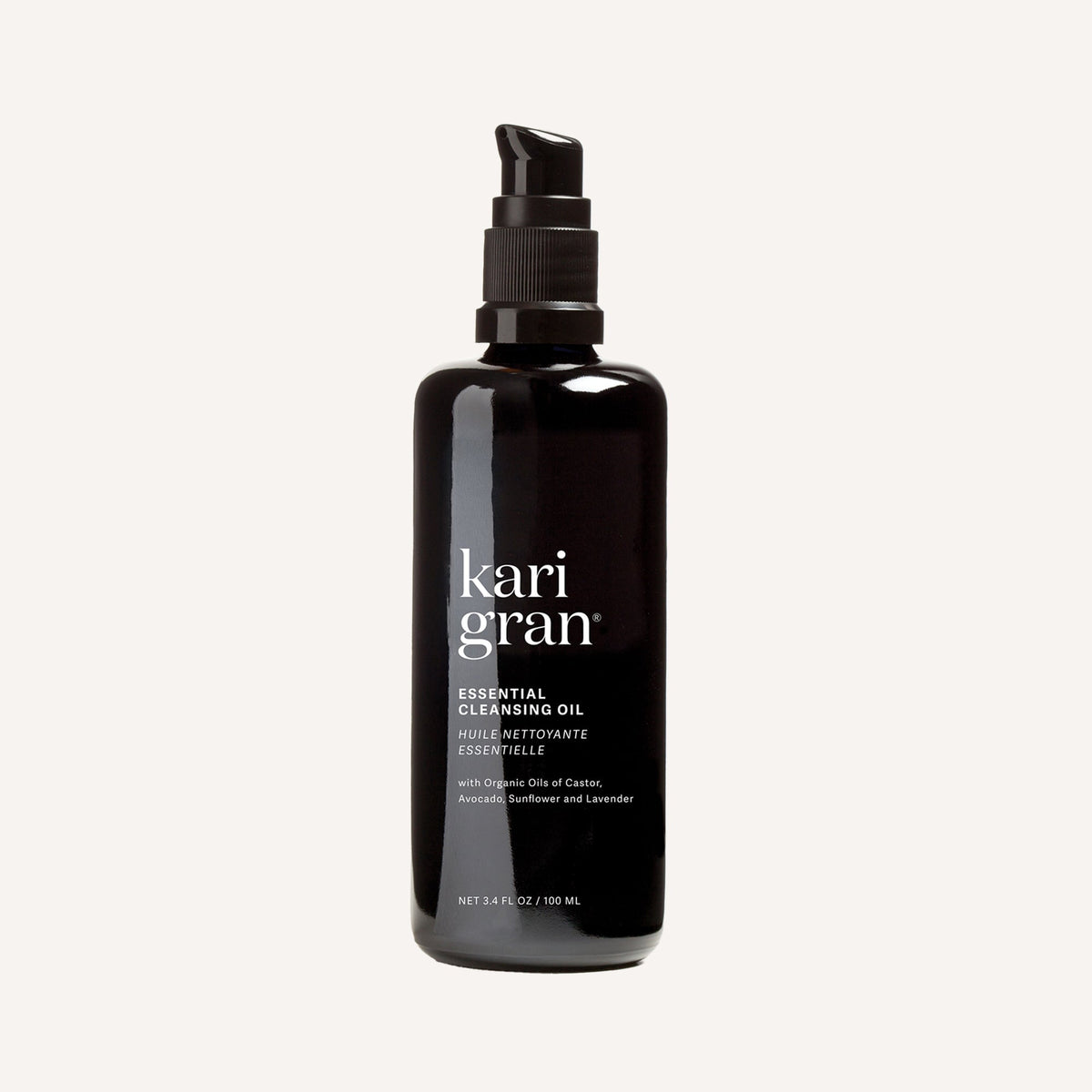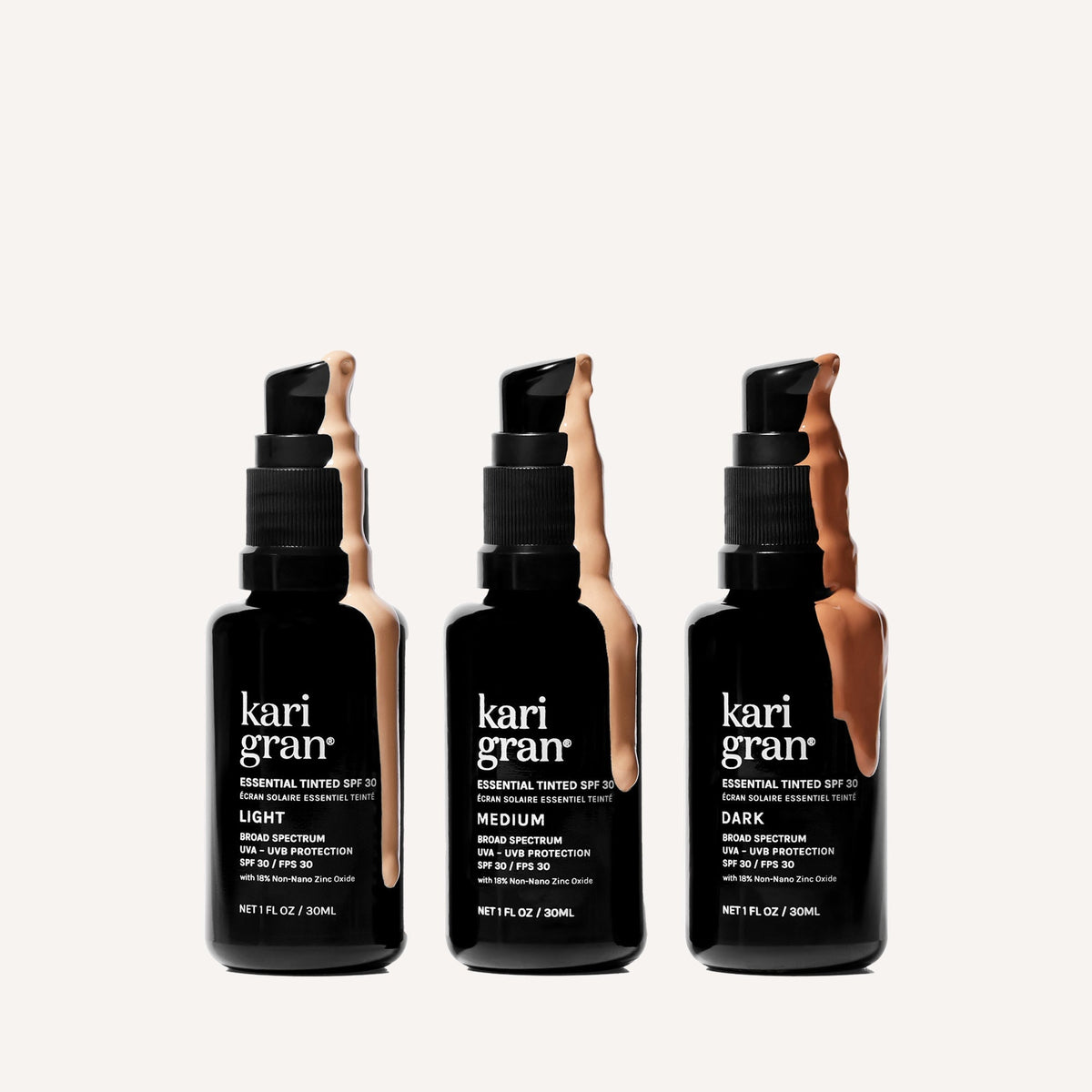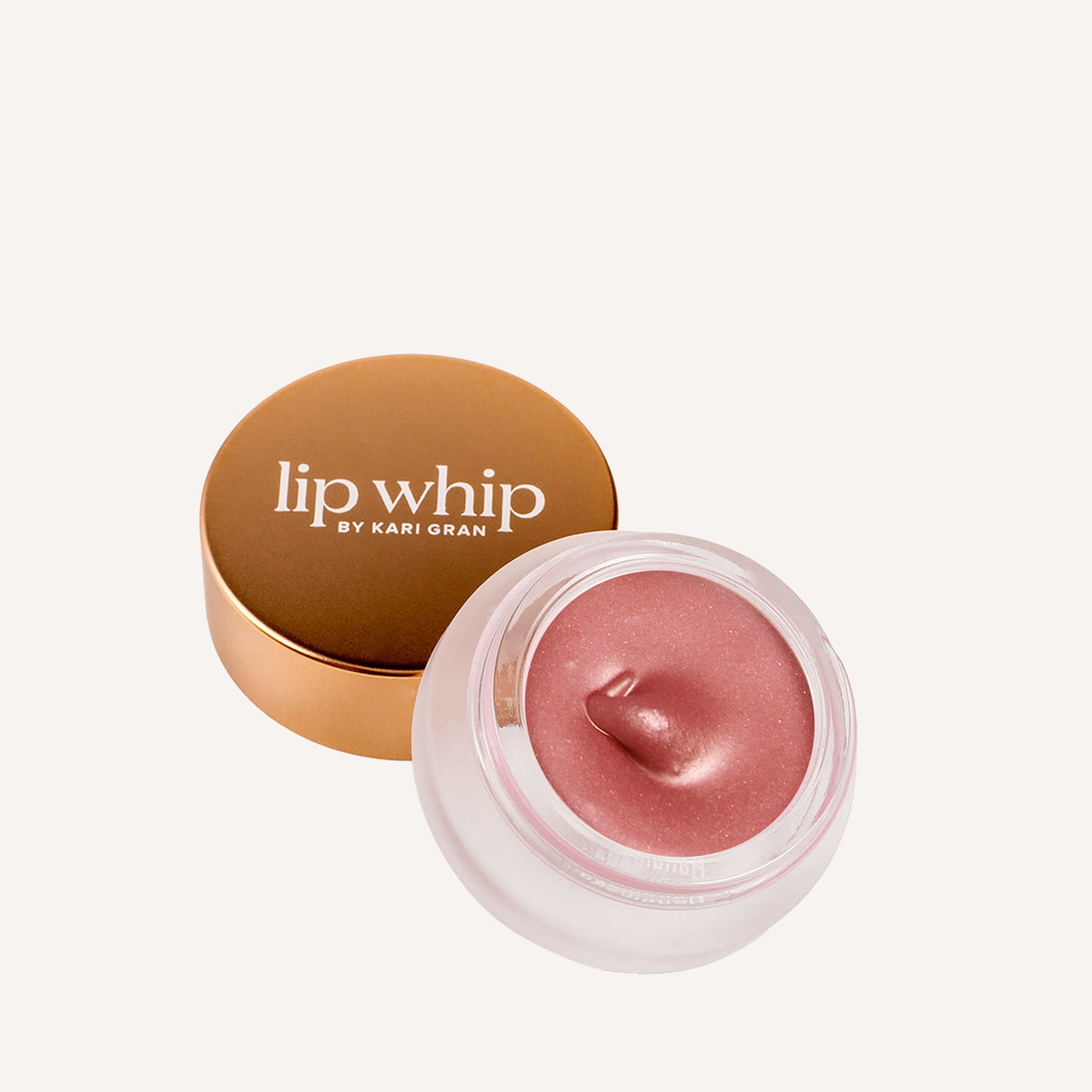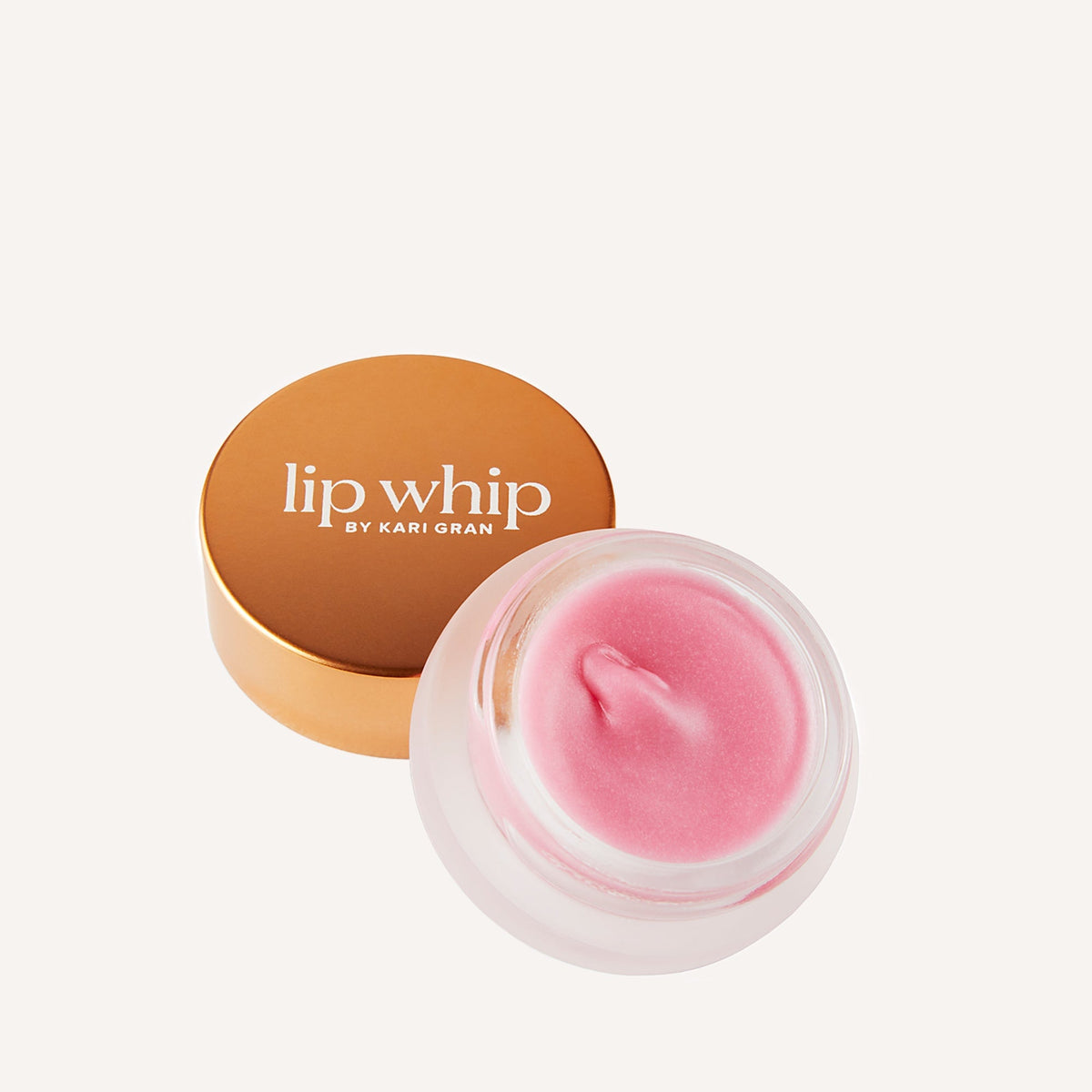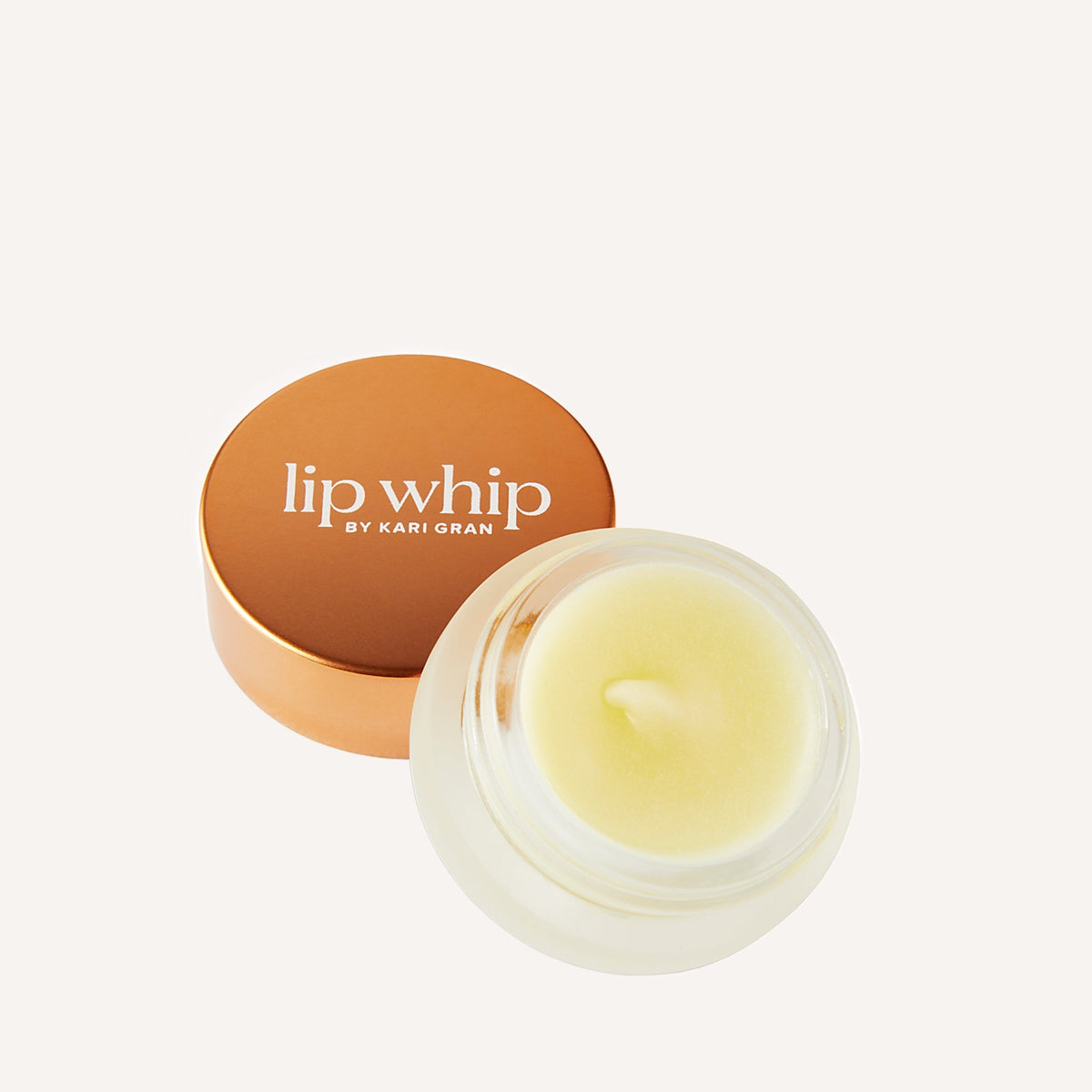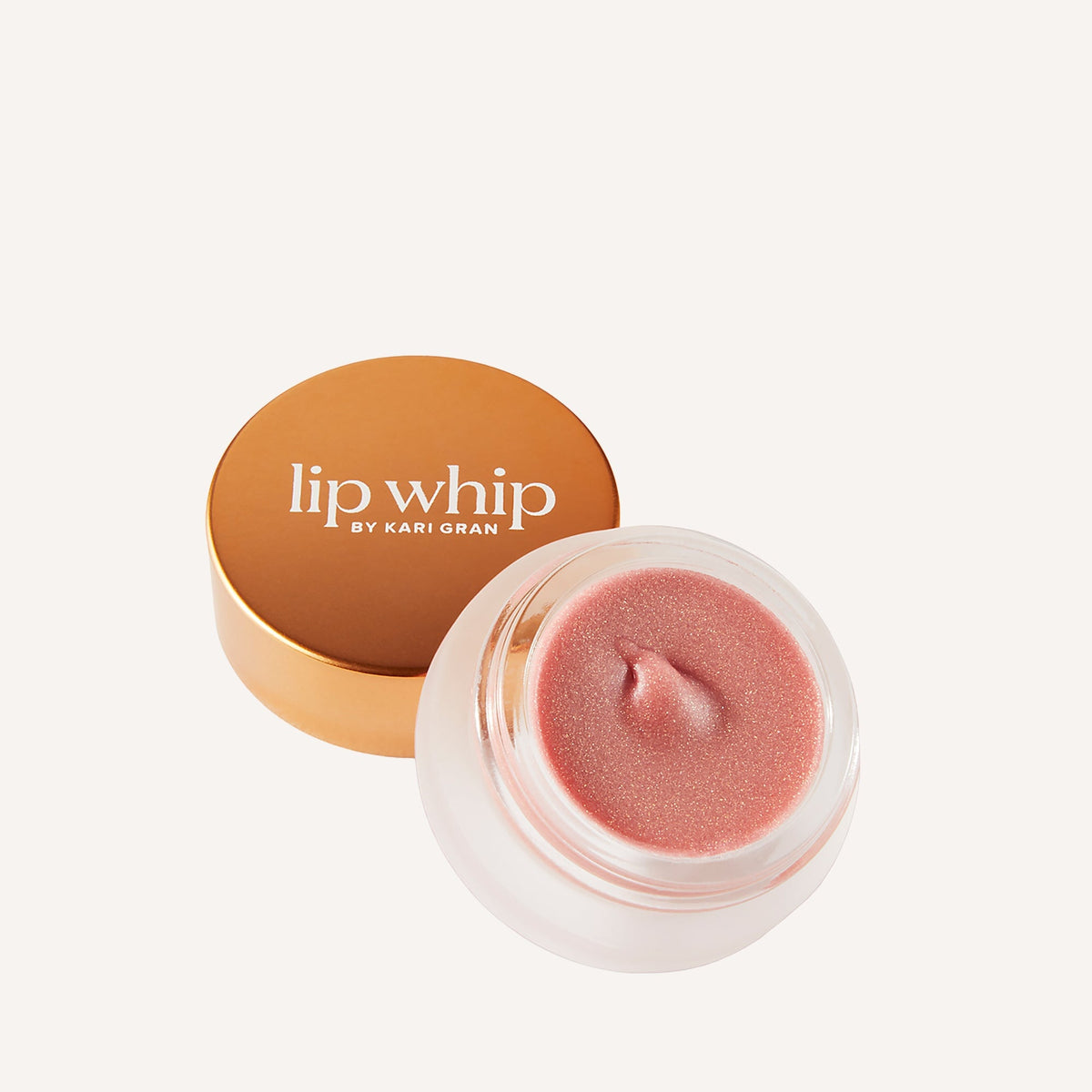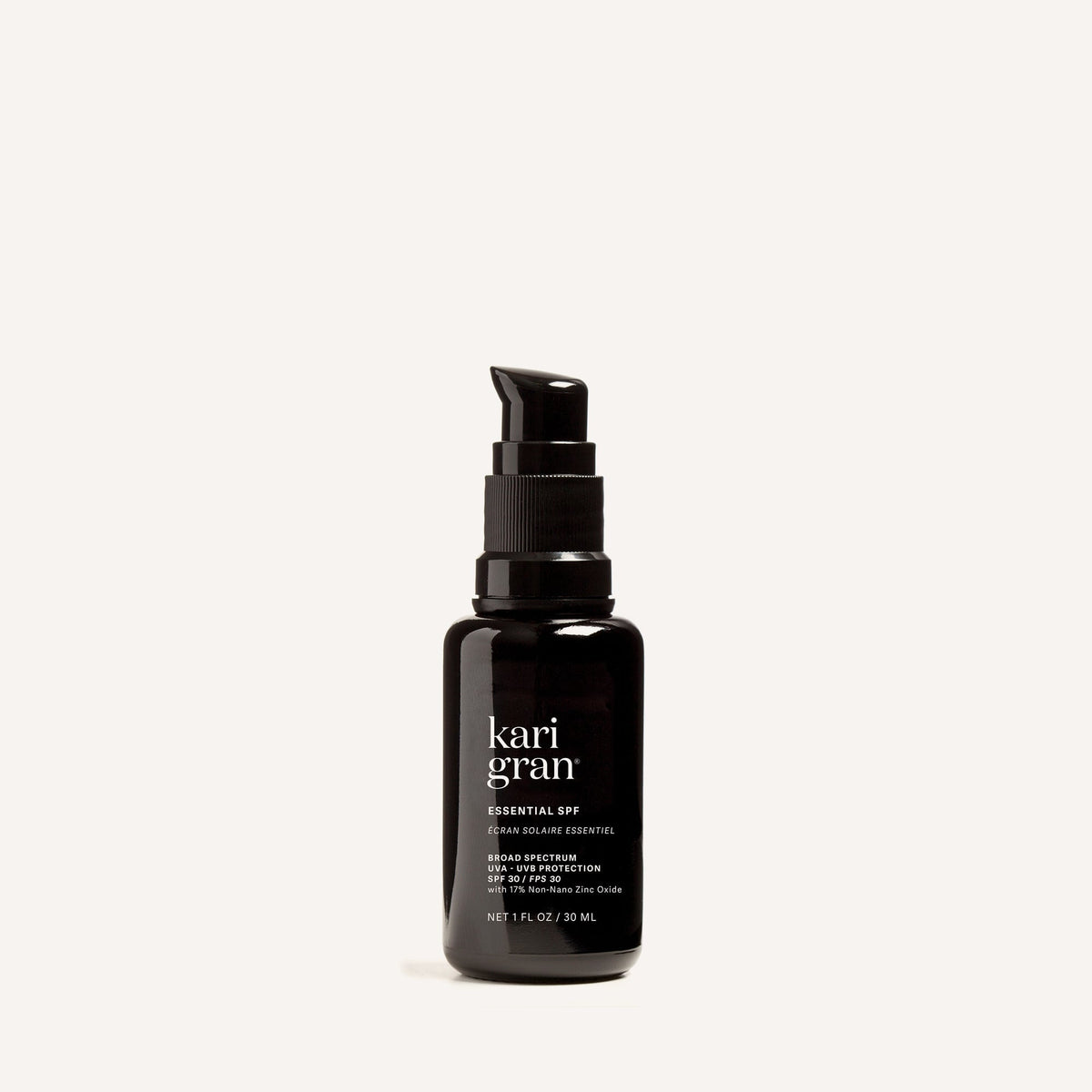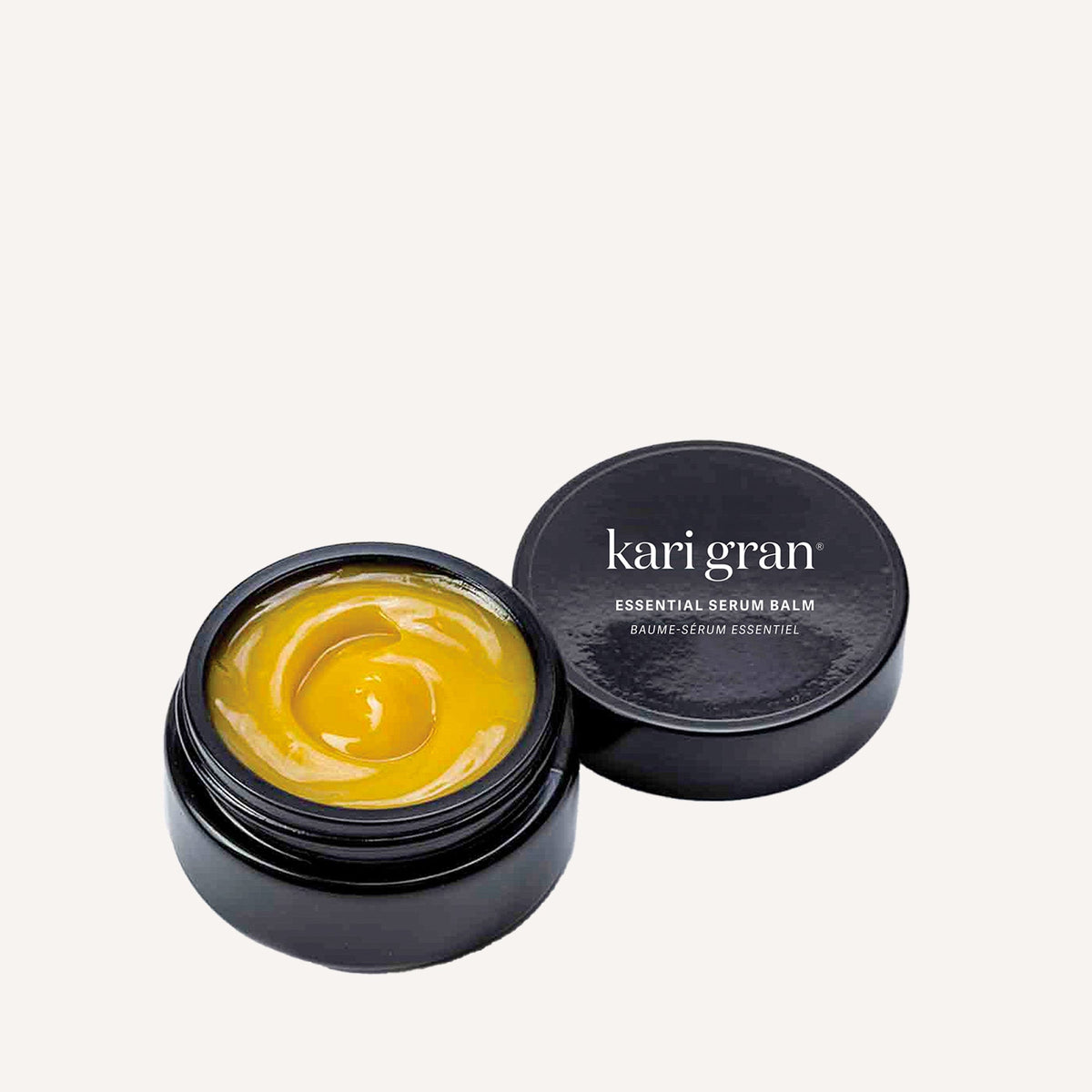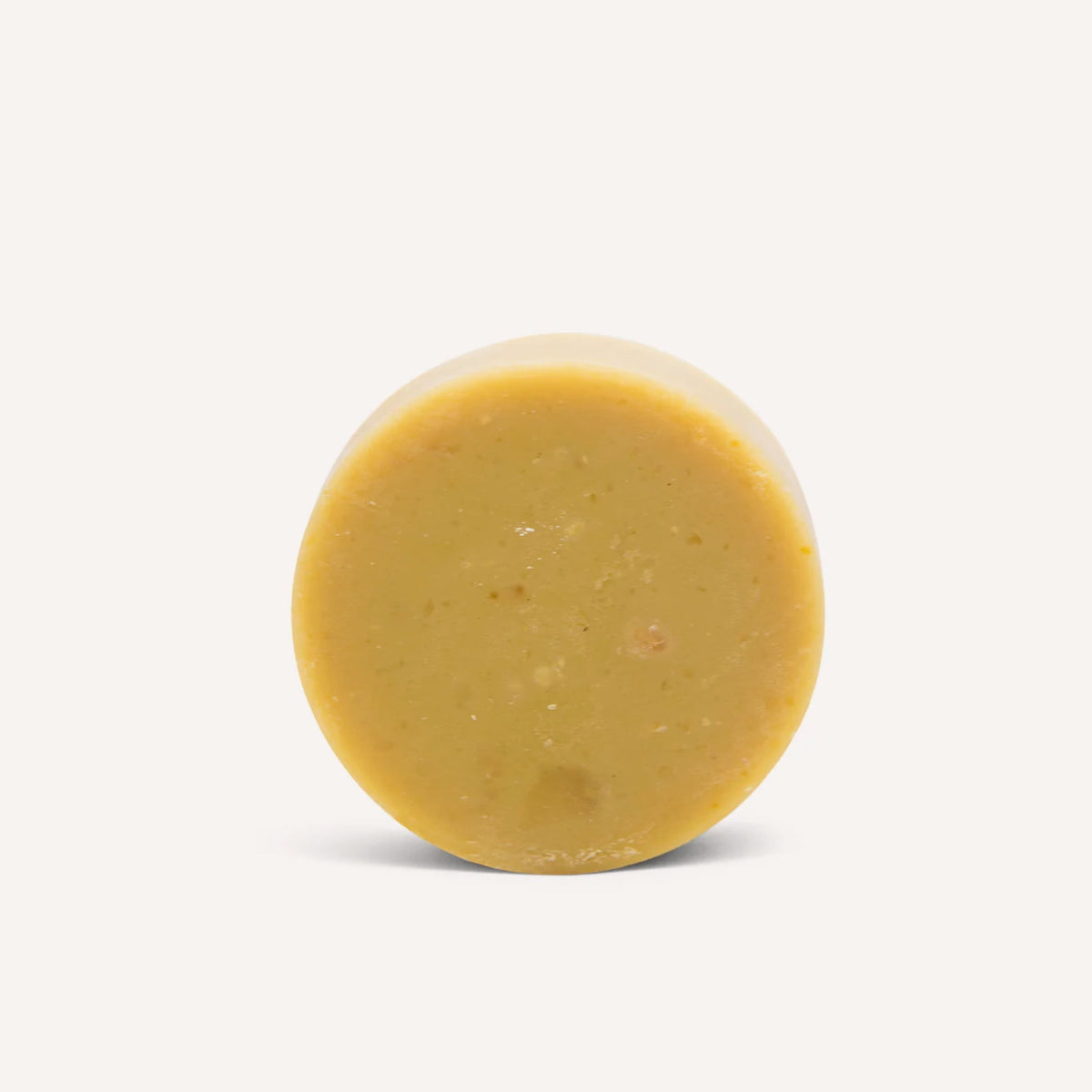Is It Time To Rethink Your Sunscreen?

Do you find all the talk about UV filters in sunscreens a little overwhelming? Let’s face it - there’s a lot of information out there, and it’s hard to know what’s best for you.
For instance, I find there’s a lot of “chemical confusion” surrounding the different ways to filter UV rays. At its most basic, there are two types of filters in sunscreens: Physical (aka Mineral) and Chemical.
Physical (aka Mineral) sunscreens sit on top of the skin and act as a protective barrier. These contain either zinc oxide and/or titanium oxide. I’m a big fan of Zinc Oxide, because it is broad-spectrum, meaning it protects against UVA1, UVA2, and UVB rays.
Chemical sunscreens filter UV rays with active ingredients including, but not limited to Oxybenzone (which has been linked to hormone disruption), Avobenzone, Octisalate, and Homosalate.
Oxybenzone has a bad rap beyond what it can do to our bodies – it’s at the top of most environmental lists as an ingredient that’s proving to be harmful to marine life, especially coral reefs.
If you want to dive deeper (pun intended) into this subject, check out this article from NOAA, which details the toxic effects of oxybenzone and benzophenone.
https://oceanservice.noaa.gov/news/sunscreen-corals.html/
If I could offer you one piece of advice, it would be this: Check your sunscreen’s ingredients label to ensure broad-spectrum coverage and make sure it’s reef-safe if you’re headed out for fun in the sun.
Cheers to a happy, healthy summer!

